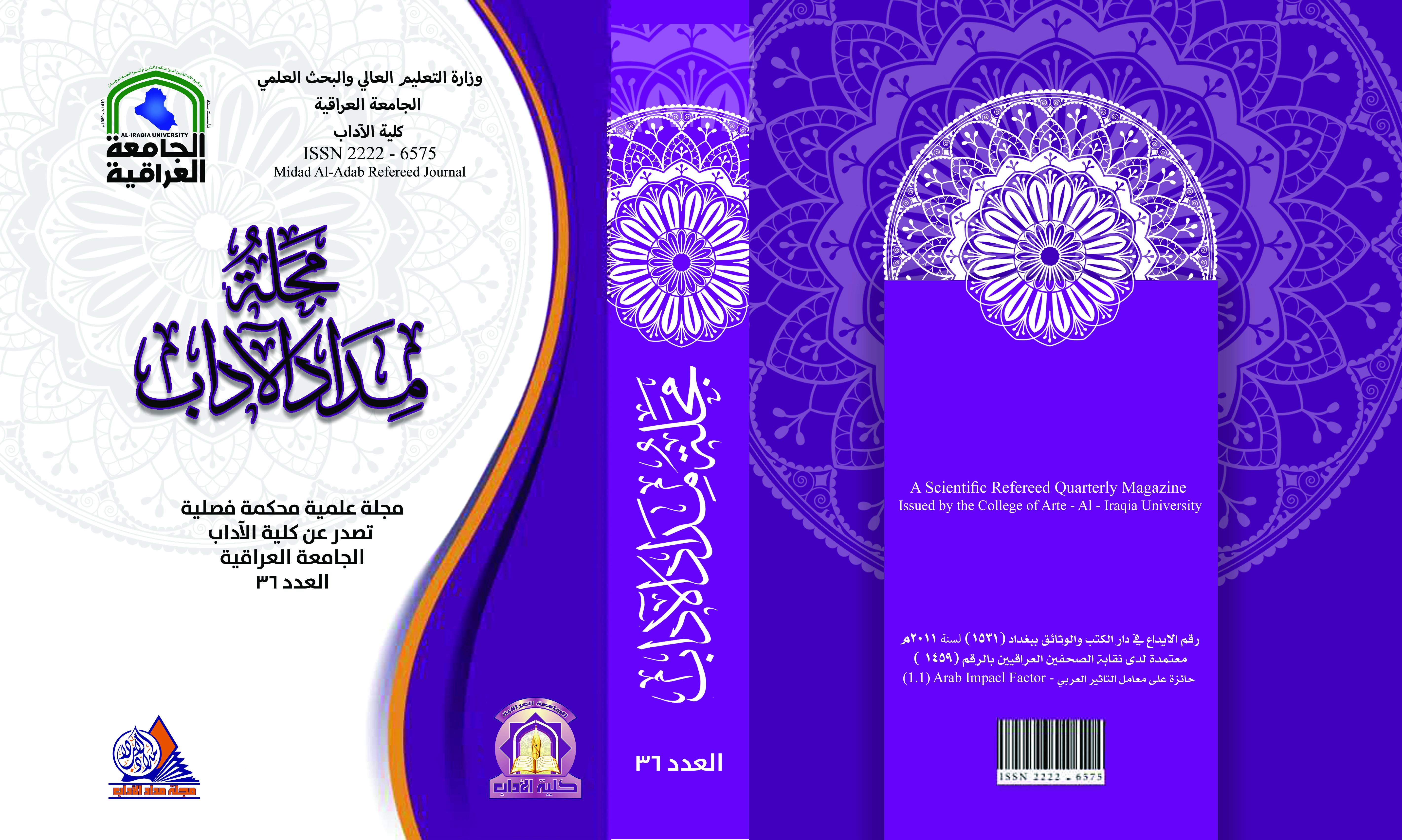The Effect of Flipped Teaching on Iraqi Intermediate EFL Students' Willingness to Communicate and Language Achievement
DOI:
https://doi.org/10.58564/ma.v14i36.1594Keywords:
Autonomy, Flipped Teaching, Language Achievement, Willingness to CommunicateAbstract
Flipped learning has emerged as a relatively modern approach to language instruction and has generated significant interest. The study investigated the impact of flipped learning on the willingness to communicate (WTC) and language proficiency of Iraqi English as a Foreign Language learners. Thirty high school students were divided into the experimental and the control groups, utilizing a quasi-experimental design. The proficiency level of the participants was classified as intermediate. The participants were adolescent females, aged seventeen, enrolled in a school in Iraq. The two classrooms were stratified into experimental and control groups. The experimental group was exposed to flipped learning, whereas the control group was subjected to conventional instruction. The convenience sampling method was employed to select each participant. The Babel English Language placement test was employed to assess the students' proficiency in the English language. There exists a total of four tests, all of which are of equal difficulty. This study involves the selection of 20 products from diverse locations at an intermediate level for analysis. The WTC scale developed by Peng (2010) was utilized for the assessment of second language willingness to communicate (L2 WTC). The scale utilized a total of 27 items to evaluate students' preparedness for engaging in L2 communication in various contexts, including both in-class and extracurricular settings. The experimental group received the flipped approach as the intervention. The control group received in-class instruction from the instructor, as well as assigned homework and additional assignments to be completed outside of class. During the period of at-home instruction, the experimental group's students were exposed to educational content through either teacher-prepared videos or pre-made YouTube videos. Subsequently, the students were required to fulfill their in-class assignments and engage in practice exercises. The educator closely monitored the students and provided prompt responses to their inquiries while they engaged in the completion of the exercises. According to the data, the experimental group demonstrated superior language achievement compared to the control group. The incorporation of the flipped technique into EFL curricula by material developers can be facilitated through the findings of this research. Furthermore, EFL teachers must recognize the advantages of integrating this approach into their pedagogy.
Downloads
Published
Issue
Section
License

This work is licensed under a Creative Commons Attribution-NonCommercial-NoDerivatives 4.0 International License.








